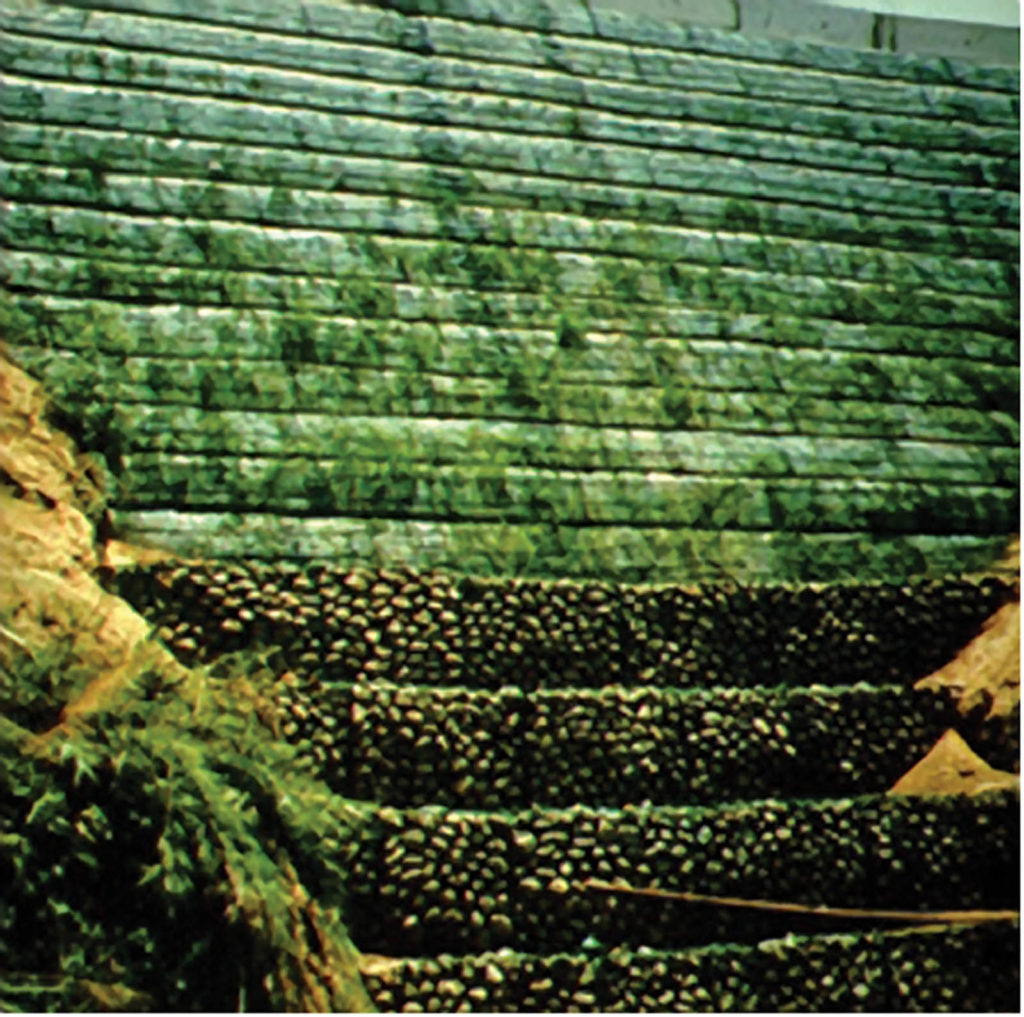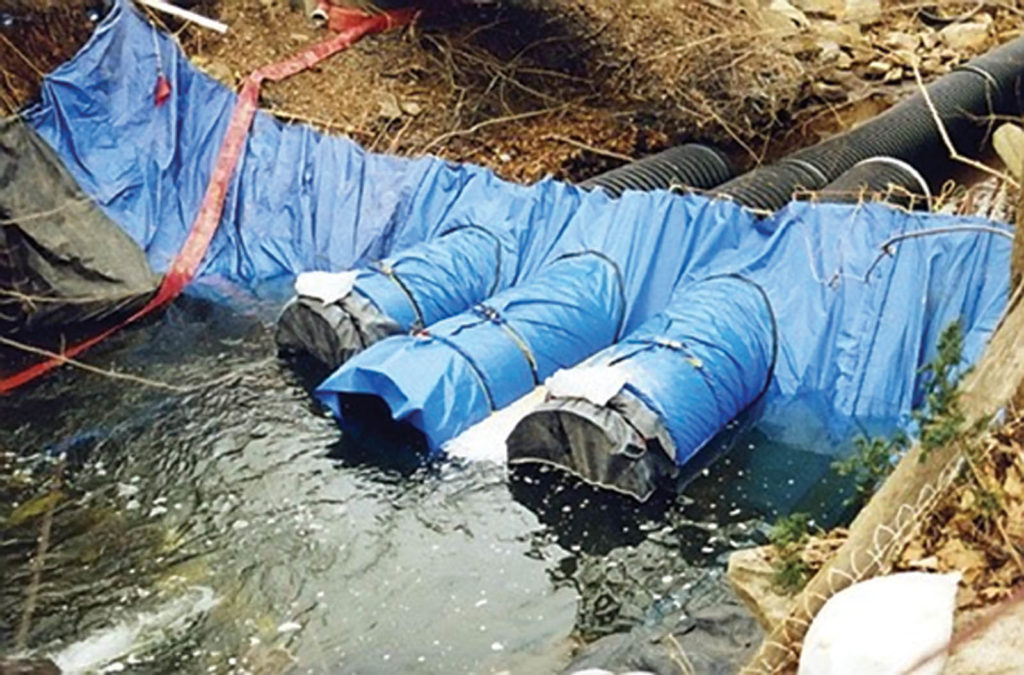By Robert M. and George R. Koerner

On Sept. 8, 1900, a Category 4 hurricane struck Galveston, Texas, which is situated on the Gulf of Mexico about 8 feet (2.4 m) above sea level. The storm created a 15-foot (4.6-m) storm surge, killing 8,000 to 12,000 people and causing massive destruction. Subsequently, four actions were taken by public officials and private homeowners. First, a large structural seawall was constructed of concrete 17-feet (5.2-m) high and 16-feet (4.9-m) thick at its base. It is 10-miles (16-km) long. Second, much of the undeveloped city (along with more than 2,100 destroyed or severely damaged buildings) was subsequently raised as much as 17 feet (5.2 m). Third, some private owners elevated their homes on wooden substructures. Fourth, many families and businesses left altogether.
Today, 10% of the world’s approximately 7.5 billion people live within 33 feet (10.1 m) of sea level, and many more live at slightly higher elevations but very close to coastlines. Protecting people, structures and property as sea levels continue to rise in the years ahead promises to be one of the great mega-engineering challenges of the 21st century and beyond, said Robert J. Nicholls, professor of coastal engineering at the University of Southampton, during a recent meeting at the National Academy of Engineering. In a complementary manner, Dr. Sean Vitousek and his coauthors at the U.S. Geological Survey (USGS) recently demonstrated that 4 inches (10 cm) of sea level rise, which is expected in the near term, can more than double the frequency of coastal flooding for many locations around the globe. The full report, “Doubling of Coastal Flooding Frequency within Decades Due to Sea-Level Rise,” is published online in Nature Science Reports at www.nature.com/articles/s41598-017-01362-7.

As a flood abatement strategy, there are several geosynthetic systems that can mitigate or hopefully even eliminate such severe flooding. They are usually less expensive and/or require less space (called “footprint”) than the Galveston options. The focus here will be on describing four of them: (i) geosynthetic-reinforced steep soil slopes, (ii) single or stacked geotextile tubes, (iii) steel strut-supported geomembranes, and (iv) interconnected polymer sheeting. These four alternative solutions are shown in Figures 1a–1d; the following are brief discussions of these alternatives.
Geosynthetic reinforced walls and steep soil slopes have been a successful and ongoing technology for some forty years and are incorporated under the generic terminology of mechanically stabilized earth (MSE) systems. In this regard, layers of geogrids or geotextiles are used with native soil so as to form a coherent mass that has no technical height limit. Thousands of such systems have been built worldwide due mainly to their straightforward construction, resulting low cost, and (in this case) low footprint in comparison to unreinforced soil embankments such as flood control levees. It should be noted that the side facing the water can be protected by a geomembrane for both seepage control and wave impact.

Geotextile tubes began as erosion control systems in 1957 and have been growing in size on a regular basis. The infill material is usually sand but can be cementitious materials as well. The maximum height of an individual tube is presently 6.6 feet (2.0 m) but tube stacking is customary for greater heights. It should be noted that a variation of tubes is extremely large sandbags, which have been used with reasonable success.
Steel strut-supported geomembranes use prefabricated steel struts in a triangular configuration at spacings from 7 to 10 feet (2.1 to 3.0 m) to support a geomembrane used as the water barrier. An advantage of this method is that the system can be temporarily stored and rapidly assembled on-site as required. The usual geomembrane is scrim reinforced, since connections and tensile stresses are significant. While the necessary footprint is small, the height is limited to 5 feet (1.5 m).

Interconnected polymer sheeting is the direct replica of interlocking steel sheeting but now using a polymeric material, usually polyvinyl chloride. No plasticizer is used in the formulation, thus high bending stiffness results. Alternative polymer resins are polypropylene and high-density polyethylene. The sheets are sequentially driven using a lightweight pile-driving hammer to a depth about equal to the unsupported cantilever height. For higher heights, cable tiebacks or rods can be attached near the top of the sheeting and anchored behind the wall itself. The footprint is the smallest of these four alternatives with typical heights of 6 to 9 feet (1.8 to 2.7 m).
In summary, the various safeguards against flooding resulting from hurricane activity in coastal areas (as occurred in Galveston a century ago and in Houston more recently) such as concrete walls, ground raising, building raising or simply moving to another location are often impossible or extremely expensive in today’s built-up coastal communities. That said, geosynthetic systems (all of which are ongoing, effective, cost competitive, and being developed and used by manufacturers and designers alike) provide for meaningful choices in this regard.
 TEXTILES.ORG
TEXTILES.ORG


